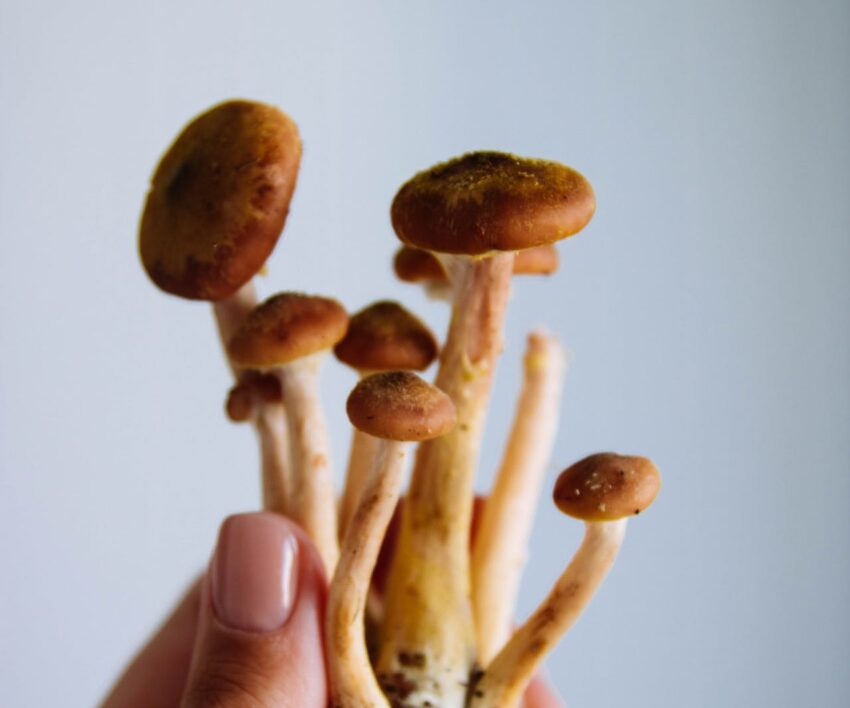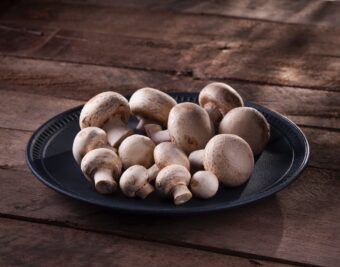
In the realm of skincare, a silent revolution is taking place, and it comes in the form of mushrooms. From the kitchen to the forest floor, these versatile fungi are weaving their way into our beauty routines, sparking what is now known as the ‘Shroom Boom.’
The use of mushrooms in skincare is not new. They have been used in Eastern cultures for centuries, but they have recently been on the rise with there being an increased interest in more holistic health.
To better understand this shroom boom, Toni Carroll, Founder of MyBeautyLuv, and who incorporates and uses mushrooms as a super ingredient in some of her beauty supplement products, shares her thoughts on the recent fungi phenomenon.
“As we embrace this skincare revolution and natural beauty, it’s essential to acknowledge the untapped potential of mushrooms. It goes without saying that skincare enthusiasts have become more savvy at knowing what ingredients are in their skincare products and know the difference between cheap fillers and high-performance ingredients,” says Toni.
Shiitake and reishi mushrooms, celebrated for their culinary appeal, are now gaining accolades in the cosmetics realm. The market for shiitake mushrooms alone reached an impressive R5,482.8 million in 2020, with projections soaring to over R6,761.6 million by 2026, owing to their high demand in cosmetics and pharmaceuticals. Shiitake mushroom as an ingredient is widely used in hair cosmetics as it helps maintain the scalp’s hygiene and manipulate the hair’s structural properties.
“The way brands incorporate fungi into their products is very important and will have an impact on the efficiency of the ingredient. The way we approach it involves a highly specialised growing protocol – grown for medical grade use, plus freeze-drying the whole fruiting body, ensuring 100% potency without compromising on natural compounds”, says Toni.
What is fungi?
The American National Park Service explains that mushrooms aren’t plants; they are types of fungi (a group that includes moulds, yeast and mildew) that have a “plantlike” form – with a stem and cap (they have cell walls as well). This is just the “flower or fruit” of the mushroom – the reproductive part dispersing the spores. The more significant portion of many fungi (the mycelium or roots, if you need a plant reference, is underground and can be acres in size).

Mushrooms and their skincare benefits
- Tremella Mushroom (Tremella fuciformis):
Hailed as the ‘Beauty Mushroom’ in China, Tremella mushroom is scientifically proven to enhance skin hydration, reduce wrinkles, and shield against UV-induced collagen loss. This mushroom is loaded with Vitamin D, amino acids, minerals, polysaccharides, dietary fibres, enzymes, metabolites, N-acetylglucosamine, flavonoids, polyphenols, alkaloids and organic acids.
- Cauliflower Mushroom (Sparassis crispa):
With a thin, paper-like texture and a slightly sweet-earthy taste, this edible wonder boasts antimicrobial and antioxidant properties. Scientific research reveals its ability to safeguard skin cells from UVB-induced DNA damage, stimulate collagen synthesis, and promote healthy fibroblast cell activity.
- Jew’s Ear Mushroom (Auricularia auricula-judae):
Admired for health and longevity, Jew’s Ear Mushroom is a skincare gem that offers unique benefits. Its ability to promote procollagen biosynthesis in skin cells enhances elasticity, reducing the appearance of fine lines and wrinkles. Furthermore, this mushroom boosts hyaluronic acid synthesis, contributing to improved skin hydration. With anti-inflammatory and antioxidant properties, it becomes an invaluable addition to skincare routines, naturally supporting skin health and radiance.
“If you are looking to incorporate this trend in your skincare regime I would recommend BEAUTY BLAST®, an anti-ageing vegan-friendly collagen booster. This product includes all three of the above-mentioned mushrooms.
So, let’s celebrate the ‘shroom boom,’ where skincare meets nature’s ancient wisdom, promising a future of radiant, mushroom-kissed beauty.




